That Looks So Pretty
That looks so pretty

Ok so I just discovered that this exsists! (HoleRoll blackout curtains)
More Posts from Marquicey and Others
Invite someone over, then tell them to go, come again

When you love someone, you share their energy. You are connected.
Lol Cathematicians. Good Stuff
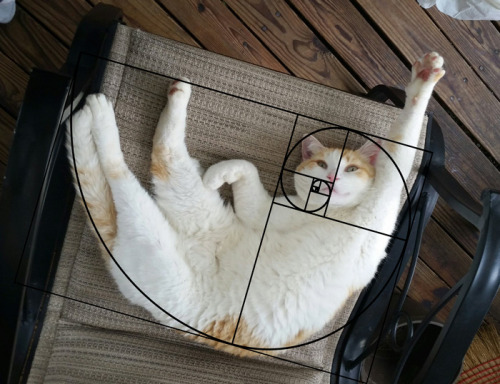

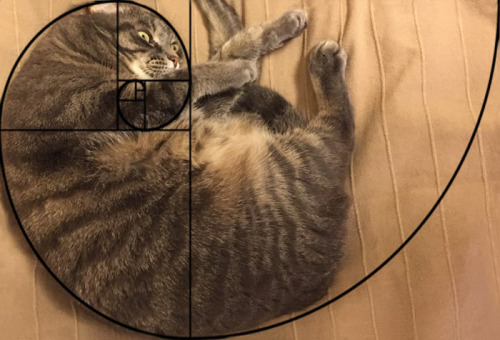
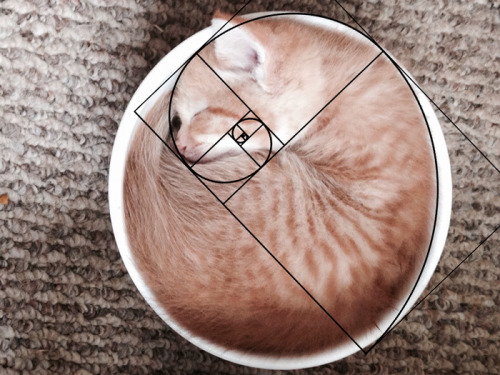

Cats + Mathematics = the Furbonacci sequence
The Fibonacci sequence is found in many places in nature, including the branching of trees, leaves on a stem, the flowering of an artichoke, or an uncurling fern. But what if you applied this famous approximation of the golden spiral to our feline friends? Suddenly cats become even more awesome than we already thought they were.
Bored Panda is building a large collection of cute kitties demonstrating their mathematical prowess, nearly 40 as of the writing of this post. Click here to view them all.

Photos by thecheat42, Akimasa Harada, songbardbird, jacquiep, naux, and Beverley Goodwin respectively.
[via Bored Panda]
What side would you hold?

Dependence By Mehran
Neuroscience

Brain Opioids Help Us to Relate with Others
Recent results obtained by researchers from Turku PET Centre and Aalto University have revealed how the human brain’s opioid system modulates responses to other people’s pain.
Seeing others experiencing pain activated brain circuits that are known to support actual first-hand experience of pain. The less opioid receptors the participants had in their brain, the stronger were their emotion and pain circuits’ response to seeing others in distress. Similar association was not found for the dopamine system despite its known importance in pain management.
– Capacity for vicarious experiences is a fundamental aspect of human social behaviour. Our results demonstrate the importance of the endogenous opioid system in helping us to relate with others’ feelings. Interindividual differences in the opioid system could explain why some individuals react more strongly than others to someone else’s distress, says Researcher Tomi Karjalainen from Turku PET Centre.
– The results show that first-hand and vicarious pain experiences are supported by the same neurotransmitter system. This finding could explain why seeing others in pain often feels unpleasant. High opioid-receptor availability may, however, protect against excessive distress resulting from negative social signals, such as other people’s distress. Our findings thus suggest that the brain’s opioid system could constitute an important social resiliency factor, tells Professor Lauri Nummenmaa from Turku PET Centre and Department of Psychology at the University of Turku.
The study was conducted by using positron emission tomography (PET) and functional magnetic resonance imaging (fMRI). The participants were injected with radioactive compounds that bind to their brain’s opioid and dopamine receptors. Radioactivity in the brain was measured twice with the PET camera to map the distribution of opioid and dopamine receptors. Subsequently, the participants’ brain activity was measured with fMRI while they viewed videos depicting humans in various painful and painless situations.
Upside down and right side in!
So this has been stuck in my head ever since I heard it three days ago.
Me, a disgraced academic turned farmer, surveying my crops: Finally… I am out standing in my field





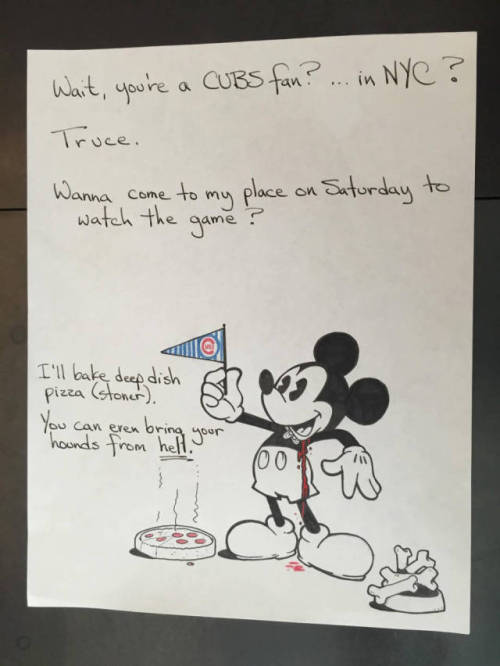
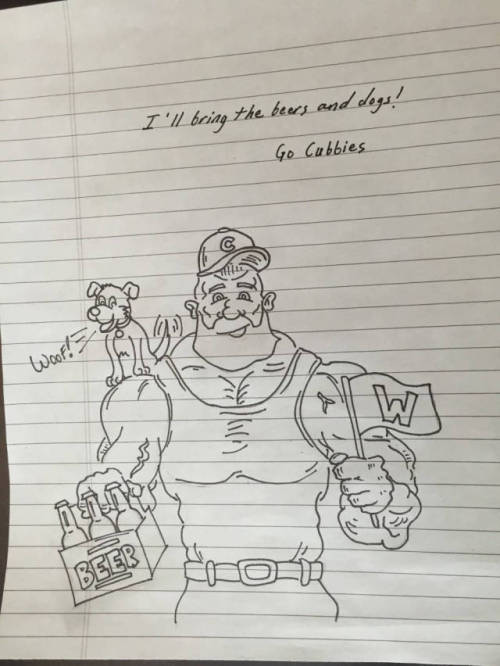
well that neighbor feud took an amusing turn.
Alien name : Celebrity!
me when the aliens finally abduct me and put me in one of their zoos

-
 dopeusa liked this · 2 years ago
dopeusa liked this · 2 years ago -
 maherschelaali liked this · 2 years ago
maherschelaali liked this · 2 years ago -
 kharliedelatorre liked this · 2 years ago
kharliedelatorre liked this · 2 years ago -
 perfect-nerd571 liked this · 3 years ago
perfect-nerd571 liked this · 3 years ago -
 cloudwawess liked this · 4 years ago
cloudwawess liked this · 4 years ago -
 kosnst reblogged this · 4 years ago
kosnst reblogged this · 4 years ago -
 deliciousunknownpeace liked this · 4 years ago
deliciousunknownpeace liked this · 4 years ago -
 verlassendekinder liked this · 4 years ago
verlassendekinder liked this · 4 years ago -
 titomilio liked this · 5 years ago
titomilio liked this · 5 years ago -
 prime7designs reblogged this · 5 years ago
prime7designs reblogged this · 5 years ago -
 prime7designs liked this · 5 years ago
prime7designs liked this · 5 years ago -
 honeycombwonderland liked this · 5 years ago
honeycombwonderland liked this · 5 years ago -
 storyabouthope reblogged this · 5 years ago
storyabouthope reblogged this · 5 years ago -
 b0127 liked this · 5 years ago
b0127 liked this · 5 years ago -
 chyerri liked this · 6 years ago
chyerri liked this · 6 years ago -
 ecjemisonx reblogged this · 6 years ago
ecjemisonx reblogged this · 6 years ago -
 phalkin reblogged this · 6 years ago
phalkin reblogged this · 6 years ago -
 samantha2401 liked this · 6 years ago
samantha2401 liked this · 6 years ago -
 daytimenightmares liked this · 6 years ago
daytimenightmares liked this · 6 years ago -
 animainarmonia liked this · 6 years ago
animainarmonia liked this · 6 years ago -
 karinyosa liked this · 6 years ago
karinyosa liked this · 6 years ago -
 lokidavengers liked this · 6 years ago
lokidavengers liked this · 6 years ago -
 myriadsaxophone liked this · 6 years ago
myriadsaxophone liked this · 6 years ago -
 slutshrapnel liked this · 6 years ago
slutshrapnel liked this · 6 years ago -
 thenperishdotexe-blog liked this · 6 years ago
thenperishdotexe-blog liked this · 6 years ago -
 liadelliou liked this · 6 years ago
liadelliou liked this · 6 years ago -
 sasagedai liked this · 6 years ago
sasagedai liked this · 6 years ago -
 daemonturtle liked this · 6 years ago
daemonturtle liked this · 6 years ago -
 vasyll1975-blog liked this · 6 years ago
vasyll1975-blog liked this · 6 years ago -
 pixiekotic reblogged this · 6 years ago
pixiekotic reblogged this · 6 years ago